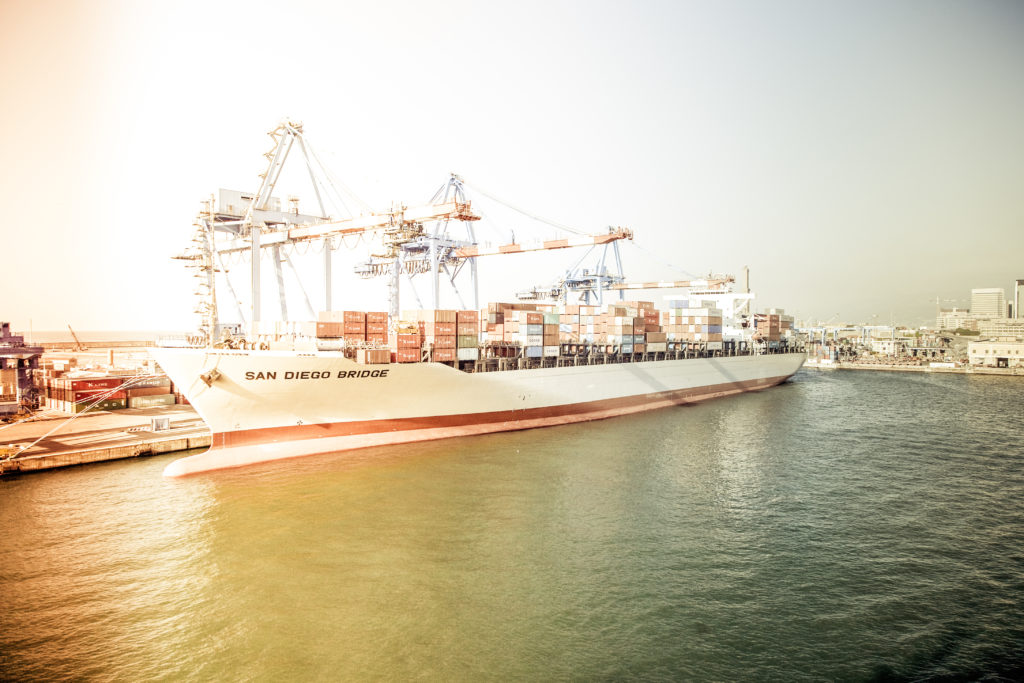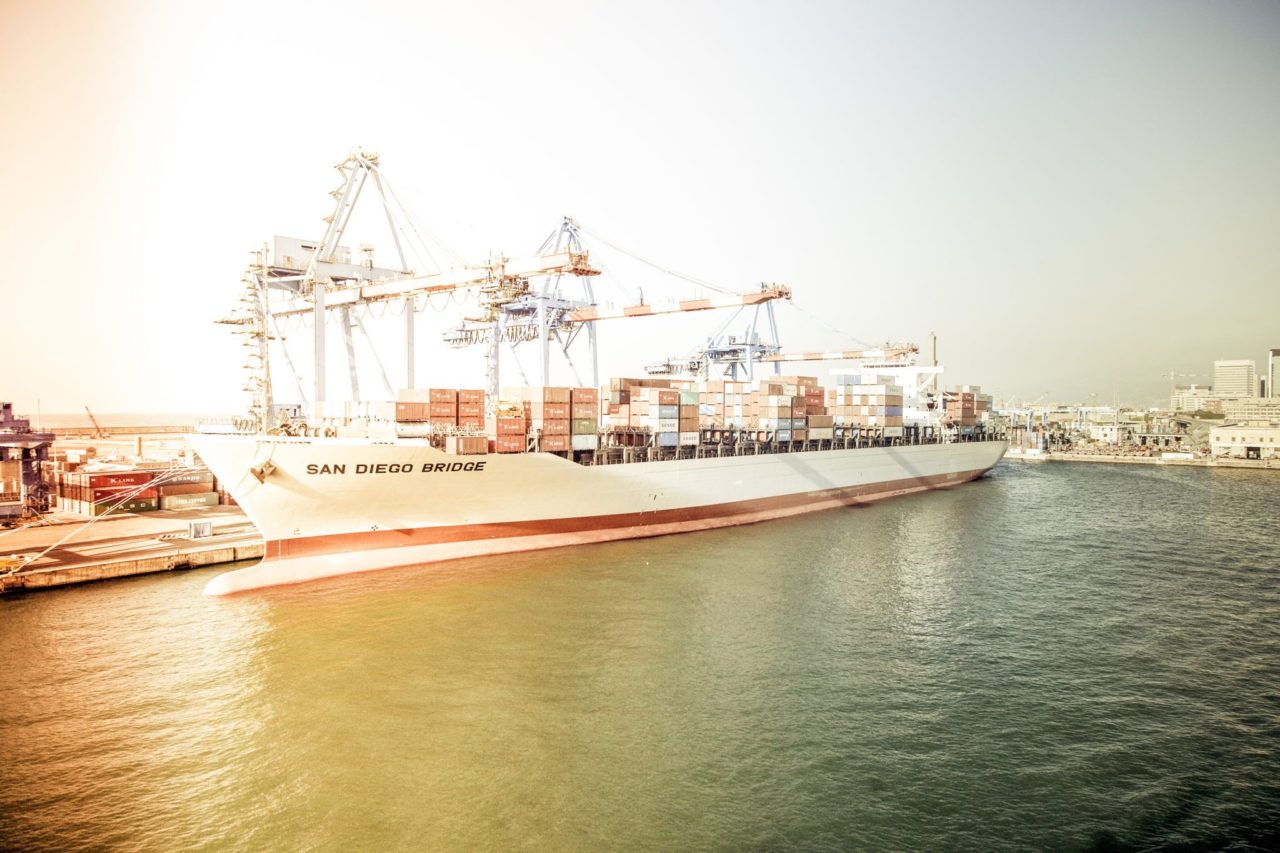Risk Management with LNG ships – Tackling LNG Fires


The International Maritime Organisation (IMO) has set out to reduce the total carbon emissions from marine transport by half by 2050. This involves lowering the sulphur content in vessel fuels and setting the limit at 0.5 per cent. With this regulation with effect from 2020, shipping companies may choose to switch to an alternative fuel – LNG.
Natural gases provide a more environmentally friendly and cost-efficient fuel for ships, with an estimated emitting up to 90-95 per cent less sulphur oxide as well as nitrogen oxide than oil-based ones. However, there are risks involved when transporting LNG. As natural gas generally contain between 60 – 95 per cent of methane, LNG is highly flammable. Therefore, a loading master must be aware of these safety aspects and know how to tackle LNG fires when the need arises.
How to tackle LNG fires?
LNG fires are unique as they take in the form of a cold vapour fire. The rapid vaporisation of any exposed LNG prevents any ignition of the liquid itself and methane has a higher ignition temperature of 650°C which is higher than other hydrocarbons.
During normal operations, there is low risk of ignition due to the design of the LNG tanks that shuts off any air from entering these tanks that might form flammable mixtures in tanks or lines. Nonetheless, LNG/cold vapour fires have the characteristics of both liquid and gaseous hydrocarbon fires.
The procedure for fighting these fires is:
- Isolate the source of leak, stop loading/discharging, and shut all manifold valves.
- Sound the alarm.
- Provide protection for adjacent equipment and for fire-fighters.
- Attack fire with a maximum rate of application of dry powder. Do not agitate the surface of any pool of LNG.
- Remain on guard against possible re-ignition.
However, procedures vary according to the nature of the incident. In some circumstances for example, letting a fire burn itself out is the best option. Such strategy runs the risk of the fire spreading and greater damage being caused, but other factors to take into account are:
- The possibility that the dry powder capacity may be exhausted before the fire is extinguished, or, if the fire is extinguished, reserves have been run so low that any reignition could not be contained.
- The risk of damage to life and property if an un-ignited flammable mixture drifted in light wind conditions to an area of high ignition risk.
The following firefighting agents may be used:
- Water spray systems
- Dry chemical powder
- Gas smothering systems
LNG Loading Master & Certification is a 3-day training course held from 3-5 December 2018 (Kuala Lumpur) designed for delegates to understand and perform all aspects of the LNG Ship/Shore Interface and safely perform loading masters duties and responsibilities such as ship/shore safety checklist, understanding volume, handling cryogenic substances and the entire custody transfer process. To be a trained loading master, this comprehensive training program aims to prepare the Loading Master for their role in handling LNG. For more information, please contact us at info@opuskinetic.com.
Interested to read other related articles? Check out: Managing Hazards Of A LNG Spill
Opus Kinetic believes that people are why organisations are successful, and giving people the knowledge to perform well at their job is integral for success. We pride ourselves as the premier provider of knowledge, offering acclaimed in-house trainings, and many others professional training courses spanning from various industries. Our training courses are well researched and updated with the latest industry trends. For more information on our professional training programs, visit us at http://www.opuskinetic.com/training.
